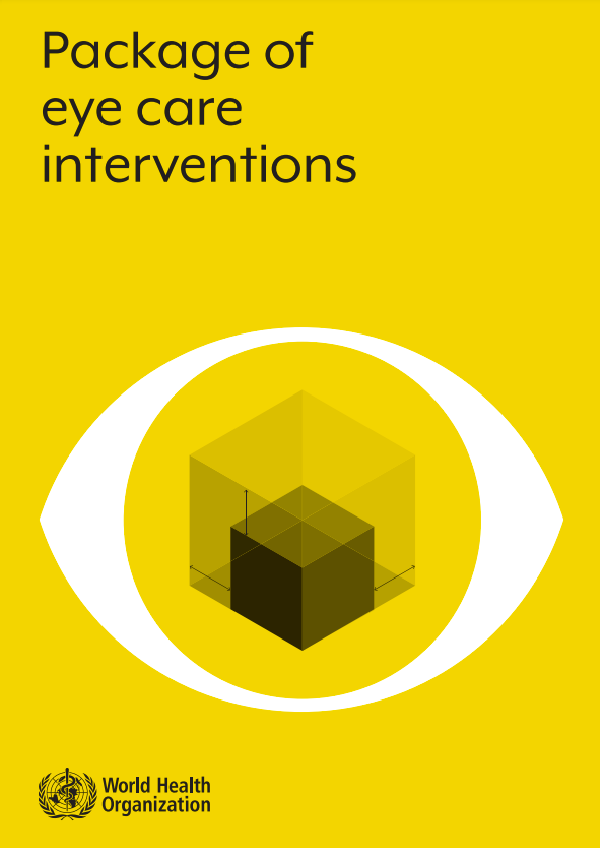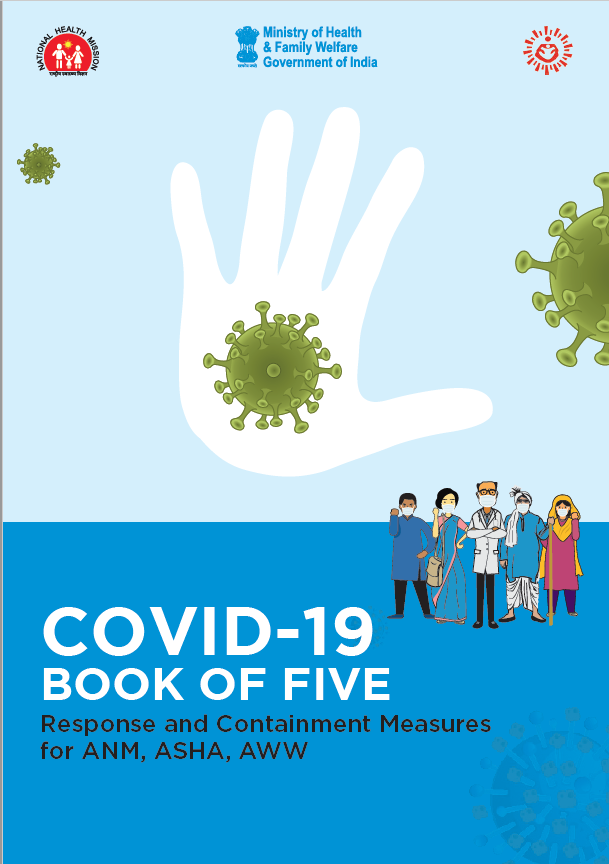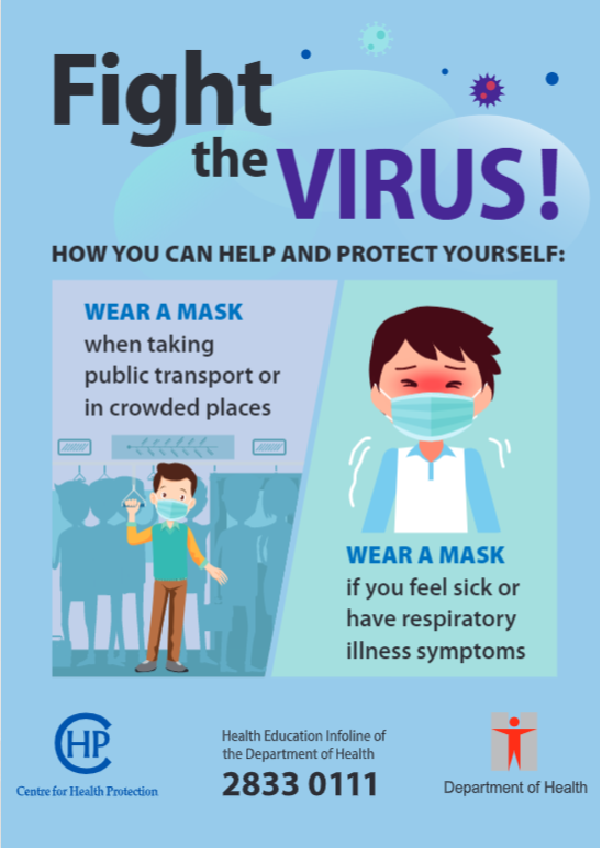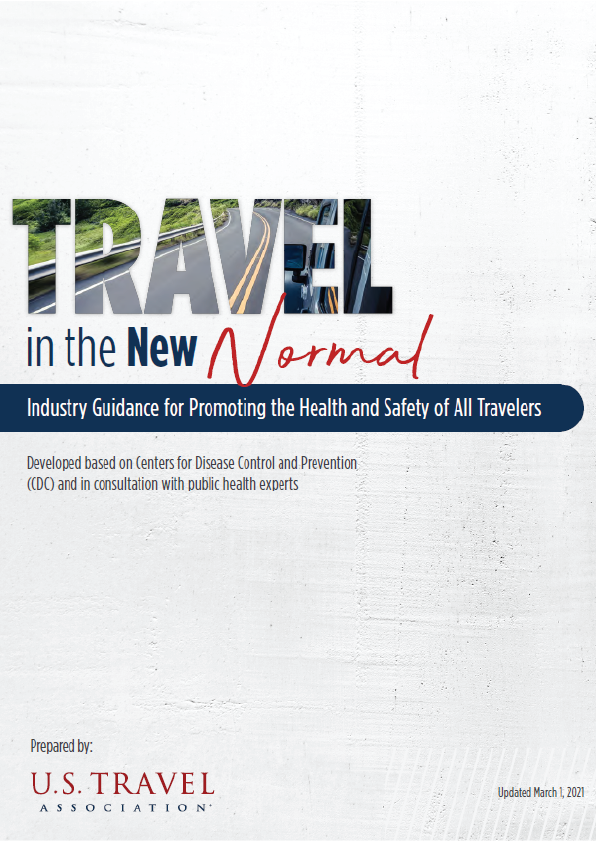Globally, it is estimated that at least 2.2 billion people have a vision impairment and, of these, at least 1 billion people have a vision impairment that could have been prevented or is yet to be addressed. This figure represents only a fraction of the total need for eye care services globally; eye conditions are universal, and everyone, if they live long enough, will experience at least one eye condition that requires the appropriate care. Vision impairment poses an enormous global financial burden, with an estimated annual global productivity loss of US$ 410.7 billion purchasing power parity. This figure far outweighs the estimated cost gap of addressing the unmet need of vision impairment (estimated at US$ 24.8 billion).
Fortunately, there are effective public health strategies and clinical interventions covering promotion, prevention, treatment and rehabilitation which address the needs associated with eye conditions and vision impairment; some are among the most cost–effective and feasible of all health-care interventions to implement. Concerted efforts to increase the coverage of these interventions during the past 30 years have yielded considerable dividends, with an ongoing reduction in the age-adjusted prevalence of blindness due to preventable causes, and a substantial reduction in the number of children and adults who are blind due to vitamin A deficiency and infectious causes, such as onchocerciasis and trachoma.
Despite the successes, eye care services have been unable to keep pace with the increasing need associated with demographic, behavioural and lifestyle trends that have led, and will continue to lead, to an increase in the number of noncommunicable eye conditions. To accentuate these challenges, significant inequalities in access to eye care services exist – the burden of eye conditions and vision impairment being greater in low- and middle-income countries (LMICs) and underserved populations.
In many LMICs, a wide gap exists between evidence-based recommendations and current practice. Essential ophthalmic equipment to manage eye conditions is frequently not available, particularly in the government sector and eye care medicines and interventions are not integrated into the health insurance schemes. Thus, the costs associated with accessing eye care services pose a major barrier to addressing the inequities in access to, and provision of, these services across the population.
The reality that the vast majority of eye care services in LMICs are provided in secondary or tertiary hospitals, which are principally located in urban areas, adds to the inequity in access. This highlights the importance of both strengthening the inclusion of eye care services within primary health care, and ensuring an effective referral pathway to secondary and tertiary care settings for timely treatment of eye conditions.
At the Seventy-third World Health Assembly in November 2020, WHO Member States adopted resolution WHA73 “Integrated people-centred eye care, including preventable vision impairment and blindness”. In recognition of the growing need for eye care services worldwide, the resolution requests WHO to “develop guidance on evidence-based and cost–effective eye care interventions and approaches to facilitate the integration of eye care into universal health coverage”. To this end, WHO, through consultation with international experts, developed this Package of Eye Care Interventions (PECI).
The PECI provides a set of recommended, evidenced-based eye care interventions with material resources required for implementation, presented across the following continuum of care: i) health promotion and prevention; ii) screening; iii) diagnosis and monitoring; iv) treatment; and v) rehabilitation. For each selected intervention, information is also provided on the relevant period of life-course; recommended level/s of care (i.e. community, primary, secondary and tertiary health care) for delivery; and potential links to health programme/s and sectors.
The PECI serves to facilitate policy-makers and technical decision-makers in LMICs to integrate eye care into the packages and policies of their national health services. Service providers can use the PECI to plan and implement eye care interventions in their service programmes; and the donor and development agencies can use it as a blueprint for eye care programmes.
Purpose: Questionnaire based survey tool to comprehensively assess eye care in a country.
Purpose: List of recommended eye care indicators to be collected regularly.
Purpose: Planning and budgeting for eye care at each level of the health system.
Purpose: Planning tool for eye care human resources based on competencies.











